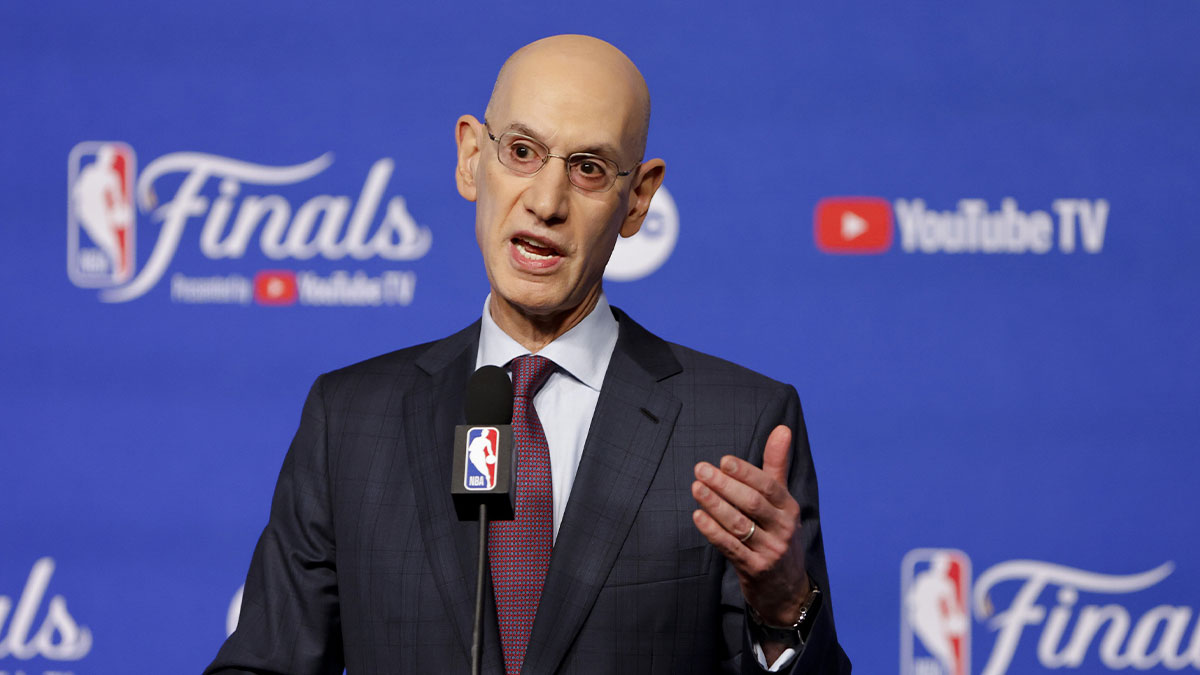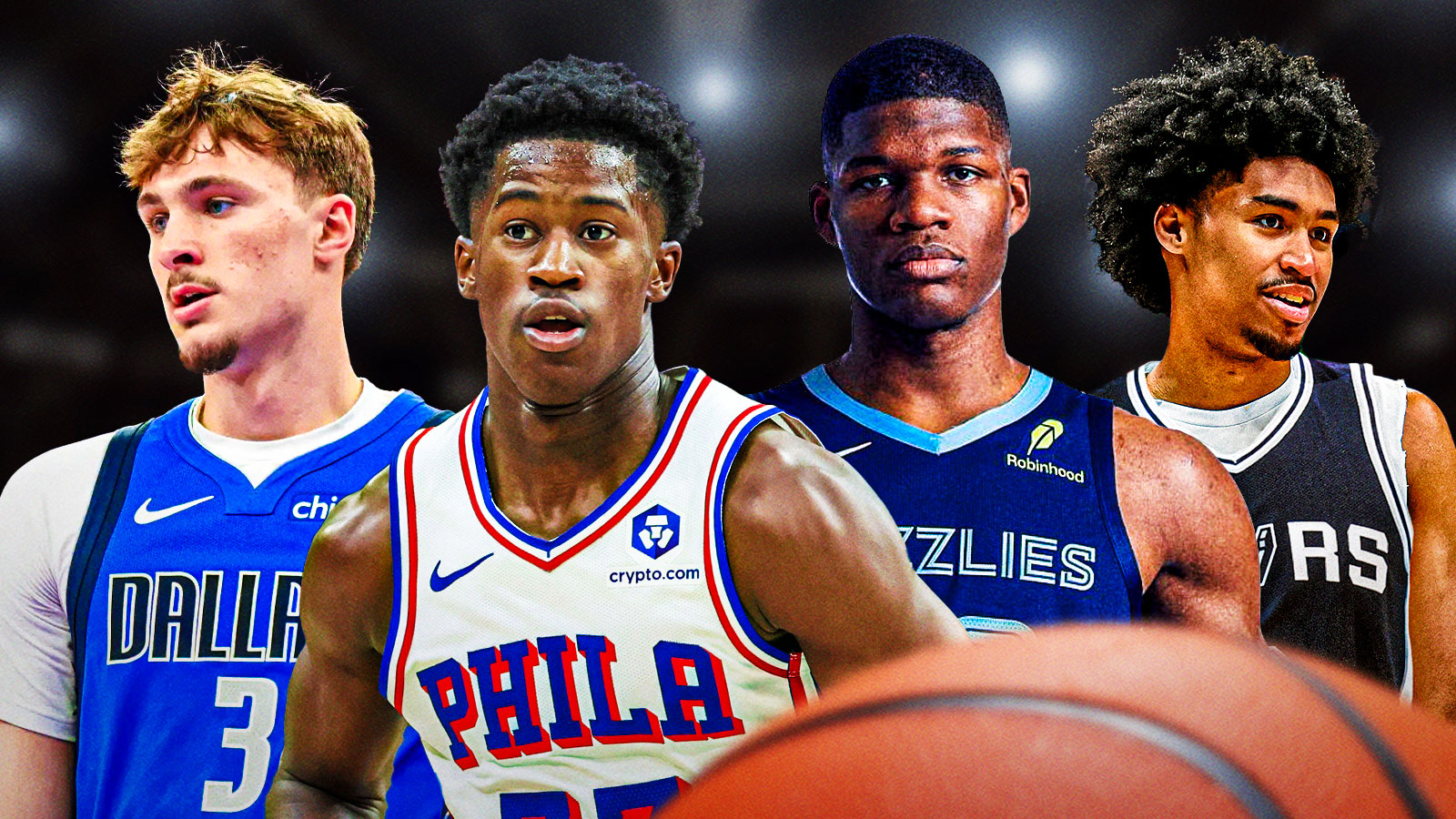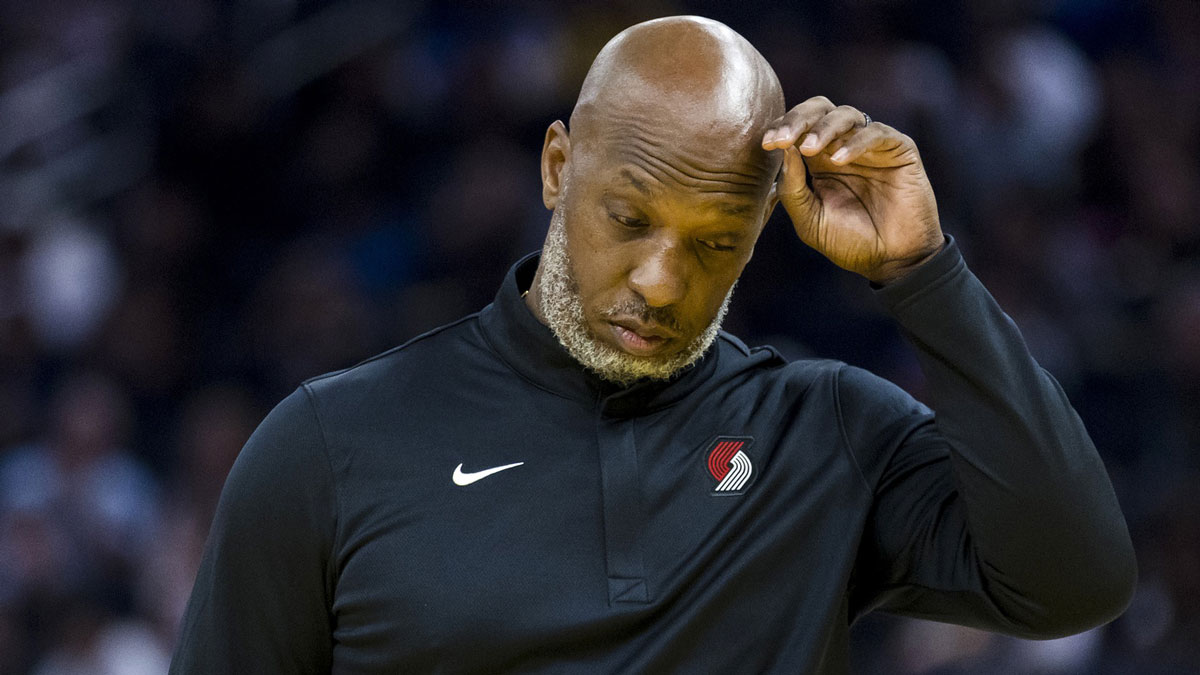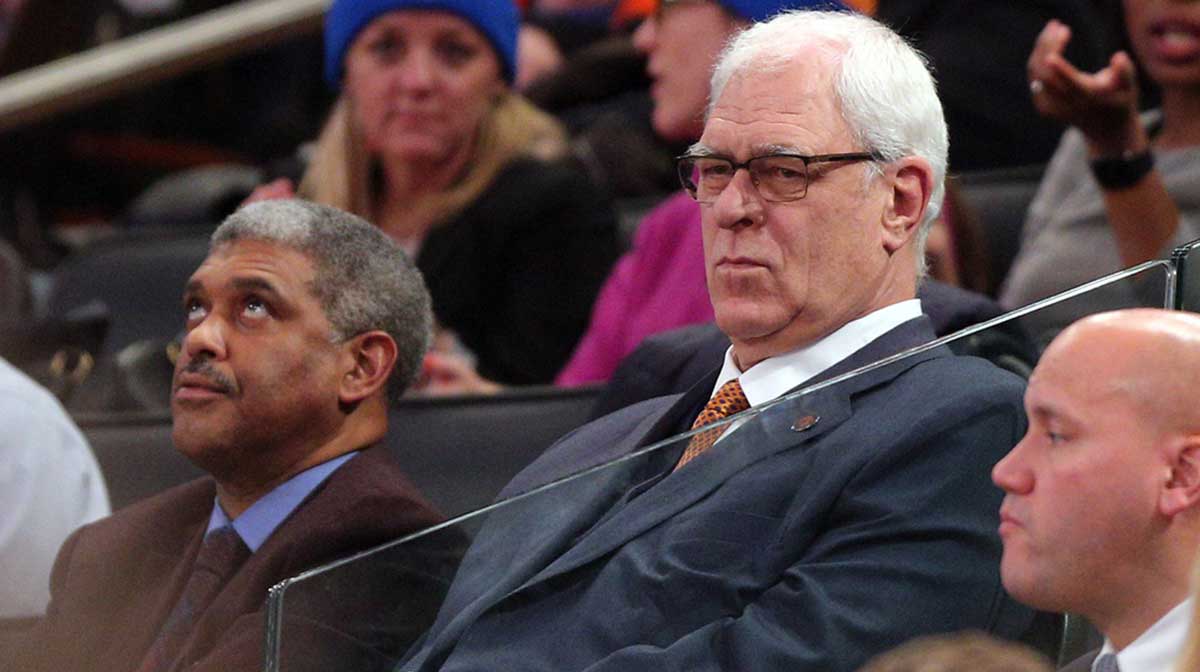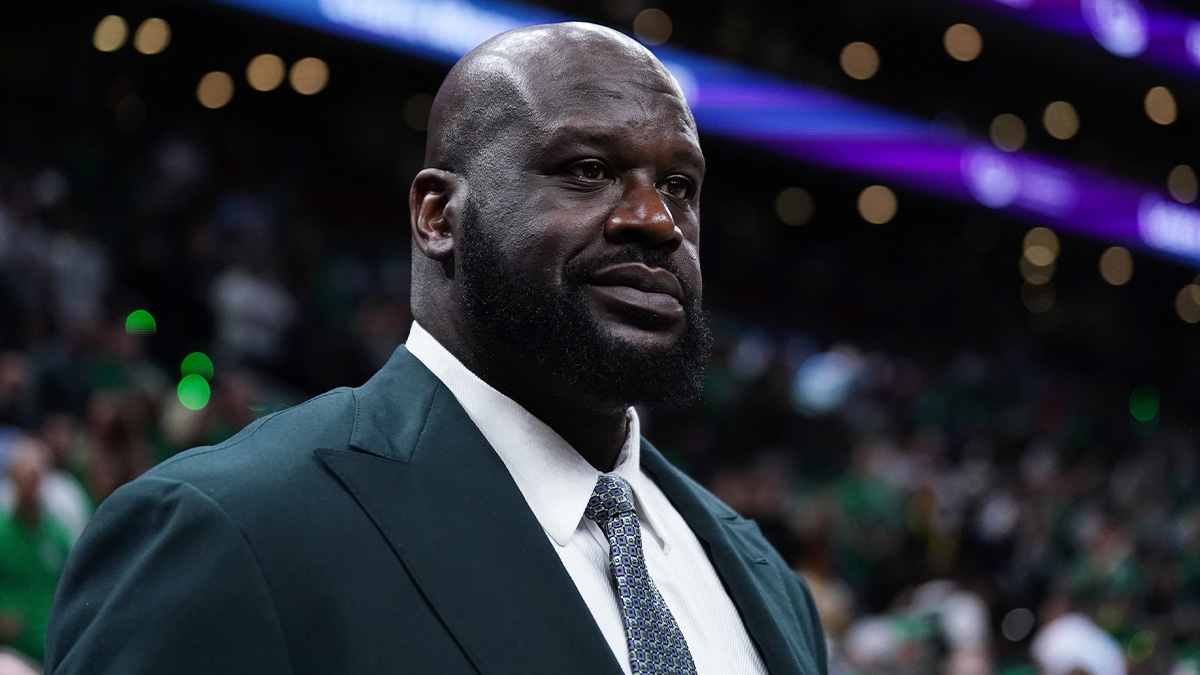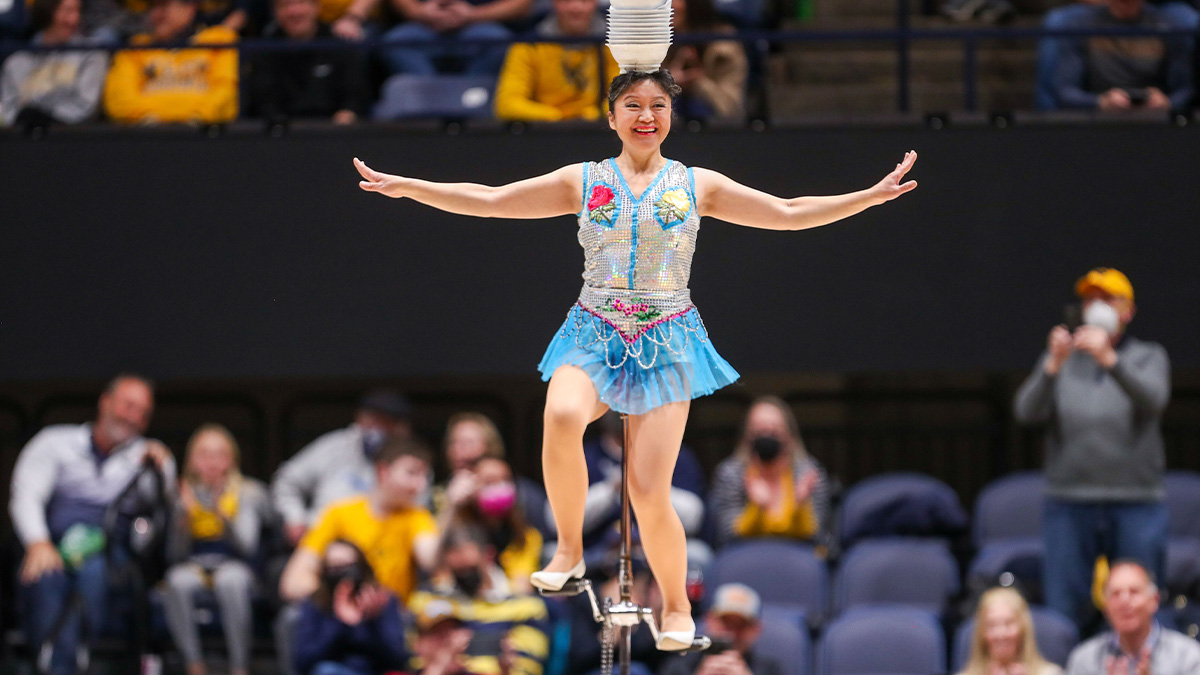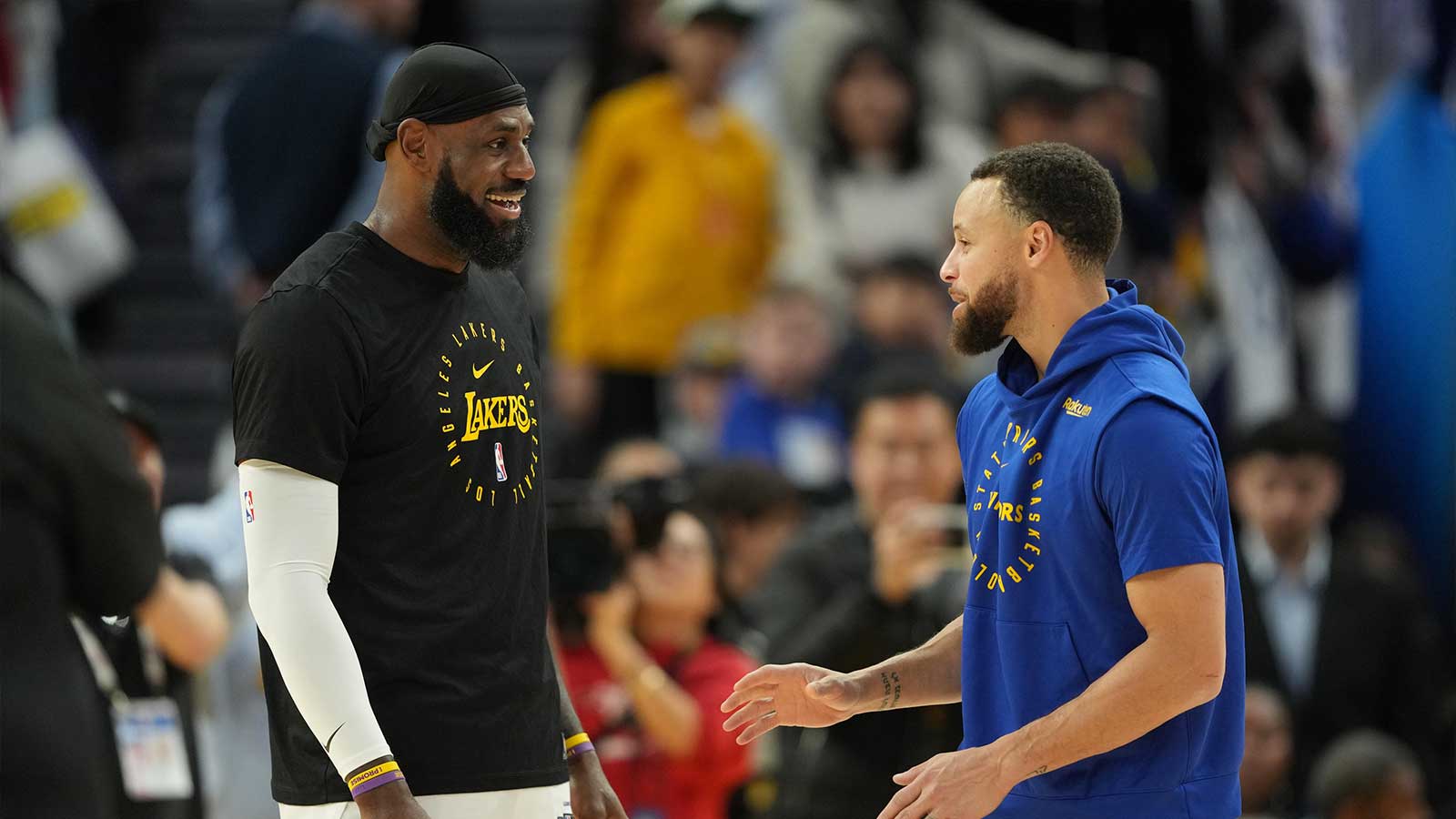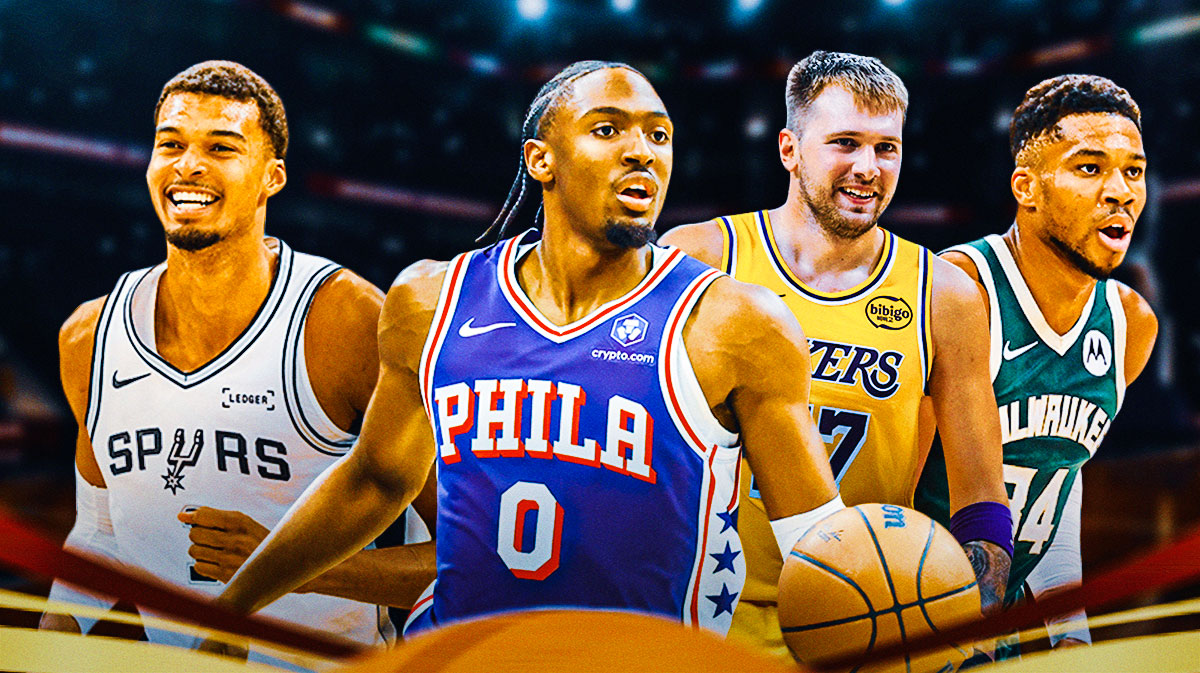The synthetic basketball revolution nearly killed the NBA. That's right. You heard it here first, folks. We're about to relive the misery that was, but first…
Remember the basketballs you grew up using? The ones that were lost threads, grip and made our lives annoying? They were unavoidable.
But would you believe that professional players in the NBA — you know, the highest level of basketball — actually played with a ball so bad, it would you make you grateful for the eggs you dealt with growing up. Athletes getting paid millions to play don’t have the time or patience to mess around with a ball that makes your fingers bleed.
But for three months in 2006, this is exactly what happened. NBA players were forced to use a ball that had less bounce than Nikola Jokic.
It all started in June of 2006, months before the regular season would even start. Shaq and the Heat were celebrating their championship, Steve Nash had won the MVP, and Ray Allen had set the record at the time for most three pointers in a season. Life was good for all these guys.
But David “Dress Code” Stern was about to change that.
Stern and the NBA announced the league would now use a new ball, making a revolutionary change to the game that would improve play in almost all aspects.
Thing is, at least with hindsight available to us, there was no evidence any of that would be true.
Still, at the time, it sounded like a great move right off the bat. Unfortunately, this new invention was far from revolutionary. More like a regression in evolution, like if we humans didn’t evolve, but instead went backward like the poor souls in Idiocracy.

Instead of the leather bound ball we all know and love, this ball was bound in synthetic microfiber material, dubbed CrossTraxxion. The NBA players were less than impressed with the stuff, to say the least.
Shaq compared it to the cheap balls you can find at toy stores.
Nash showed up to an interview with bandaged fingers, explaining the ball was “tearing his fingers apart”. Allen claimed he had the same problem.
Already, these star athletes were publicly bashing the NBA’s big release. But the league wasn’t ready to abandon its project just yet. Stern stuck to his guns.
Despite the overwhelmingly negative reviews, the NBA commissioner flat out denied the ball was terrible.
And normally ball don’t lie, but Stern did that next preseason when he publically ignored the players’ complaints, claiming: “The ball is performing very well. It’s a very good ball and the tests continue to demonstrate that it’s an improvement.”
He might as well have said, “It’s the best ball. The best, most roundest ball. In fact, you can ask anybody, and you know what they would tell you? ‘This ball Mr Stern brought to the NBA is the best, most roundest ball the world has ever seen. Anyone who thinks otherwise is SAD!”

There was one aspect that Stern was right about. The league saw an increase in scoring of about 2.5 points per game in the three months the ball was used. But considering the small sample size and the fact that scoring was already on the rise without the new ball (scoring would jump 1.2 points the next season without one game being played with the synthetic ball), it’s hard to say how much of a factor the move made.
Stern only relented when the NBA Players Association stepped in. Charges were filed against the league, as the players felt they were not consulted enough before the CrossTraxxion ball was brought in to play.
Plus, you know, CrossTraxxion is spelled with only two Xs, one short of making it a sure-fire basketball success; if you know what I mean.
Finally, just weeks before the Christmas Day games, the synthetic balls were pulled and the good ol’ leather ball returned to the courts. There was a sense of relief across the NBA landscape, and nearly everyone was happy.
Nearly.
Spalding was blindsided by the decision to pull the synthetic ball, and they were under the assumption the league would give it more of a chance to stick. While the company was a little stung by the move, they got over it and continued to supply the quality leather ball that is still used in the NBA.
In a span of three months, the synthetic ball had been introduced, trashed, and then rejected by the NBA. It happened so fast that most players in the league today have never even used the ball. Only a handful of vets had to experience the terror that was the synthetic ball.
Rookies today should thank their lucky stars they never had to play with a ball that felt like a cheap knockoff and made your hands look like you had just killed someone.









